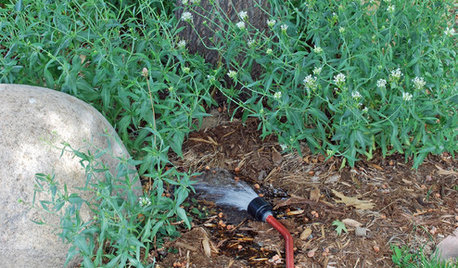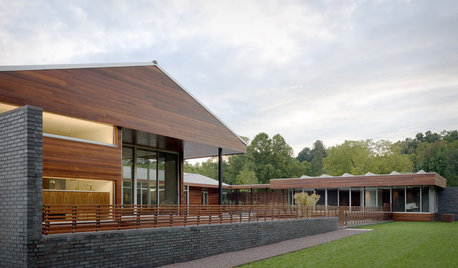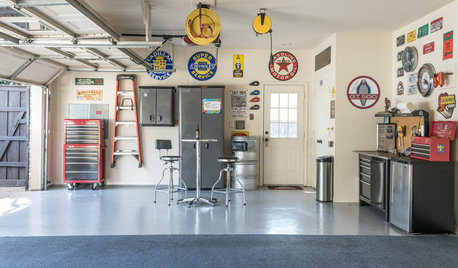Planning for continuous color
trovesoftrilliums
12 years ago
Related Stories

GARDENING GUIDESRocky Mountain Gardener's August Checklist
August may be hot, dry and dusty, but with care and planning, your garden will continue to thrive
Full Story
REMODELING GUIDESHome Designs: The U-Shaped House Plan
For outdoor living spaces and privacy, consider wings around a garden room
Full Story
GARDENING GUIDESWhat Are Your Spring Gardening Plans?
Tearing out the lawn? Planting edibles? Starting from scratch? Tell us what you plan to change in your garden this year
Full Story
ORGANIZING7-Day Plan: Get a Spotless, Beautifully Organized Kitchen
Our weeklong plan will help you get your kitchen spick-and-span from top to bottom
Full Story
STANDARD MEASUREMENTSKey Measurements for Planning the Perfect Dining Room
Consider style, function and furniture to create a dining space that will let you entertain with ease
Full Story
HOUSEKEEPING7-Day Plan: Get a Spotless, Beautifully Organized Garage
Stop fearing that dirty dumping ground and start using it as the streamlined garage you’ve been wanting
Full Story
ORGANIZING7-Day Plan: Get a Spotless, Beautifully Organized Home Office
Start your workday with a smile in a home office that’s neat, clean and special to you
Full Story
HOUSEKEEPING7-Day Plan: Get a Spotless, Beautifully Organized Living Room
A task a day sends messes away. Take a week to get your living room in shape
Full Story
HOUSEKEEPING7-Day Plan: Get a Spotless, Beautifully Organized Bedroom
Create a sanctuary where you can relax and dream without the nightmare of lurking messes
Full Story
BATHROOM DESIGN7-Day Plan: Get a Spotless, Beautifully Organized Bathroom
We’ve broken down cleaning and decluttering the bath into daily, manageable tasks
Full Story





gardenweed_z6a
oldgardener_2009
Related Professionals
Kapaa Landscape Architects & Landscape Designers · Roxbury Crossing Landscape Architects & Landscape Designers · Brentwood Landscape Contractors · Bell Gardens Landscape Contractors · Biloxi Landscape Contractors · Bridgeport Landscape Contractors · Forest Hills Landscape Contractors · Melrose Landscape Contractors · Mission Landscape Contractors · Plainview Landscape Contractors · Tacoma Landscape Contractors · Wailuku Landscape Contractors · White Bear Lake Landscape Contractors · Berkeley Siding & Exteriors · San Jacinto Siding & Exteriorsirene_dsc
kathi_mdgd
Merilia
silvergirl426_gw
freezengirl